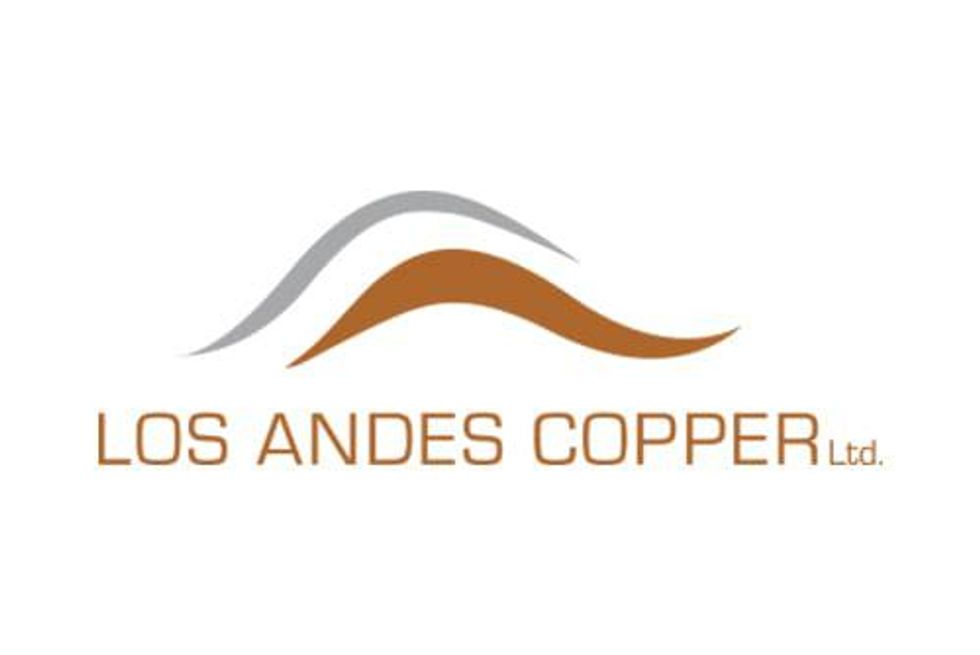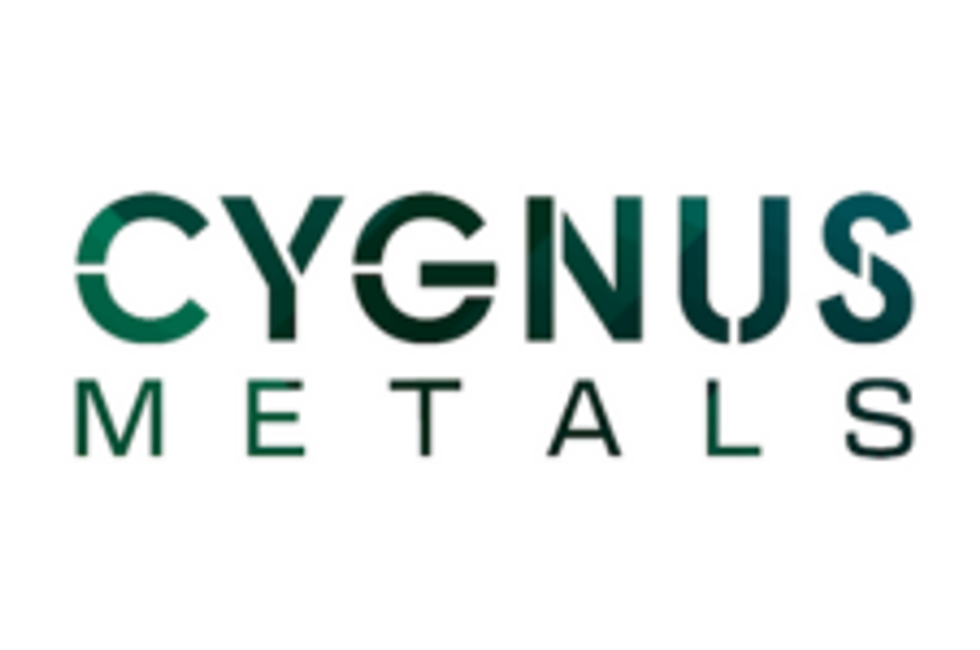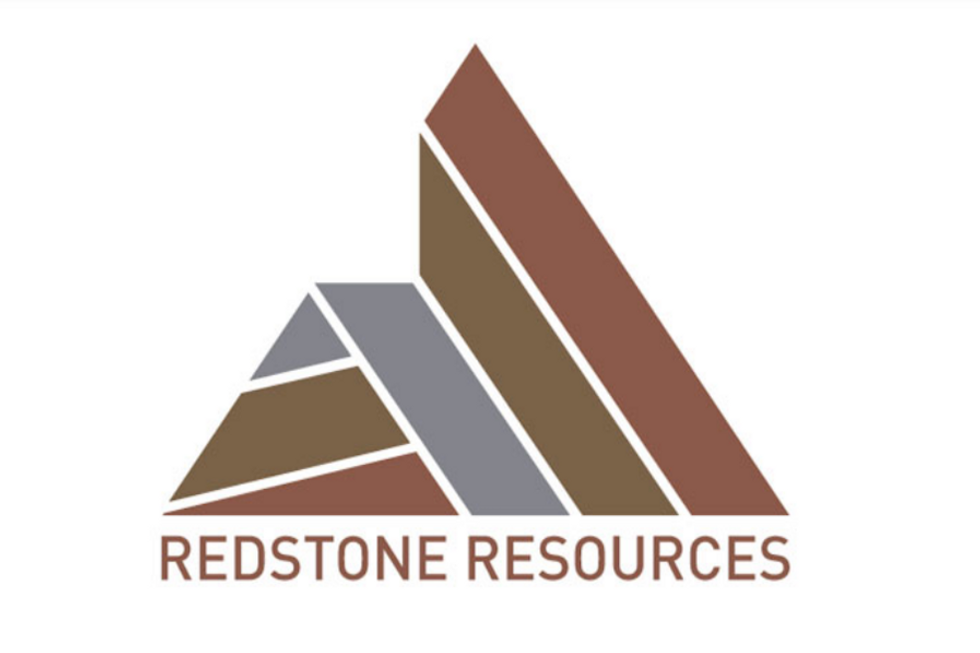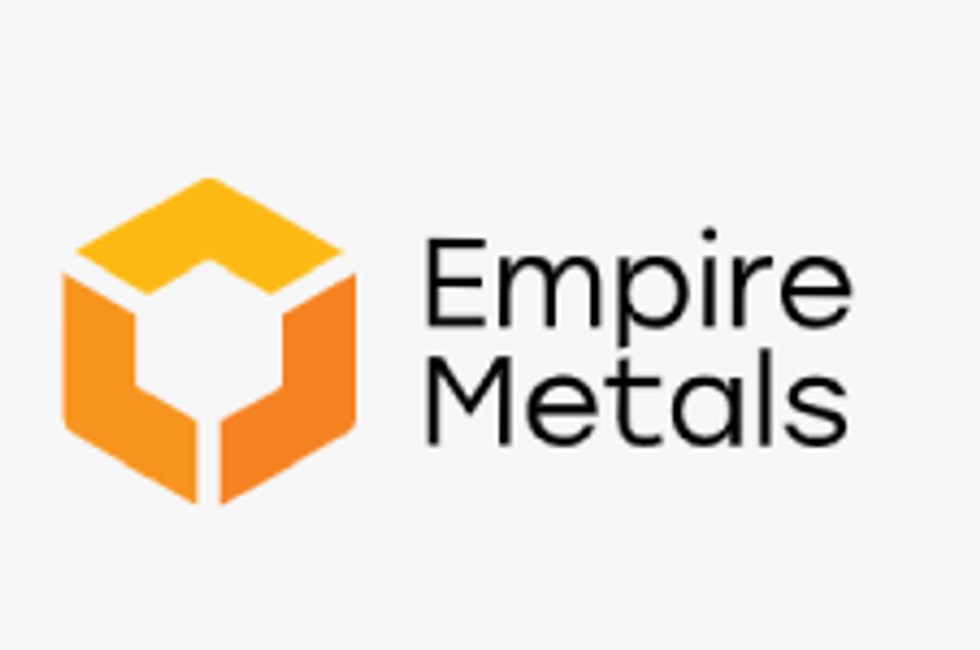The Red-Hot Case for Copper as an Inflation Hedge
Economic predictor, inflation hedge or investment idea — copper has something for everyone.

Move over, gold and silver — the humble copper has emerged as a potential hedge against inflation.
Copper’s credentials come from its wide use in the global economy. In 2022, according to the most recent data from Statista, 46 percent of the copper produced was used in the building and construction sector, 21 percent in electronics, 16 percent in transportation, 10 percent in consumer goods and 7 percent in industrial machinery.
Every single major sector of the economy uses copper, and because of that its fate is tied closely to general economic growth. In fact, many market participants use copper as a bellwether for investment purposes. For example, if the price of copper is rising, that means demand is increasing and the economy is growing; if it’s beginning to fall, demand is sinking and the production of goods and services is being scaled back.
Is copper a good hedge against inflation?
But that isn’t copper’s only superpower. Because of how copper is tied to the world economy, it provides an excellent hedge against inflation. This happens for two reasons. Firstly, copper prices tend to rise before general consumer prices rise, and so the commodity can be bought as a proactive inflation hedge.
Secondly, since copper is used in many products, its price increases can be passed down into final consumer products, which will then undergo inflationary pressures. As copper is used across the economy, these pressures can be felt in every sector, once again leading to consumer price rises.
A Bloomberg analysis completed in 2017 shows that for every 1 percent rise in the consumer price index from 1992, copper prices rose an equivalent 18 percent. The red metal outperformed all other major asset classes (excluding energy) and impressively rose twice as much as gold.
Analysis from Global X ETFs shows that the positive correlation between inflation and copper continued in the high inflationary environment of 2022. The firm explains, "Copper ... has the highest correlation with the 10-year breakeven inflation rate dating back to 2001. The heightened correlation among its peers is one of the many reasons that copper is traditionally one of the best-performing assets during inflationary periods."
Another benefit of using copper as an inflation hedge is that it’s much cheaper than both gold and silver, allowing retail investors to put money into it without burning too much of a hole in their pockets.
Click here to learn more about how to invest in the metal.
What are the risks of using copper as an inflation hedge?
Copper's benefits are tied closely to economic growth, but there are risks as well. During economic downturns, copper is generally the first to be affected — for example, in March 2020, as global COVID-19 lockdowns began, copper prices fell rapidly. Prices managing to just stay above US$2 per pound, the lowest level since 2016. During the 2008 recession, copper prices dropped to US$1.30.
This is compounded by the larger cyclical nature of the economy, which also applies to copper. The red metal experiences deep waves and troughs as it mirrors general economic growth or contractions.
Additionally, copper is not seen as a store of wealth in the same way as gold and silver. There is no historical precedent of copper being valued for itself, and copper is actually often used as a substitute in inexpensive jewelry. It’s not considered a “safe” investment, and its volatility with regards to price movement can explain why investors would rather use a stable investment like gold as a hedge.
Another key risk is how world copper consumption is heavily tilted towards China. In 2022, China consumed more than half of the copper produced in the world. One-quarter of China's copper consumption is fed into its construction industry. Any big changes in the Chinese economy will change demand — and prices — for copper.
"Overall, the relationship between copper and inflation is complex and multifaceted. While copper can be used as a hedge against inflation, there are many other factors that can impact its price," explain analysts at FasterCapital. "Investors and analysts need to take a holistic view of the market and consider all of the different factors that can impact copper prices when making investment decisions."
Copper's compelling supply and demand dynamics
Despite copper’s cyclical risks, there’s a growing argument being made for more secular demand for the metal. That thesis rests on the advent of the green economy. Copper is one of the fundamental cornerstones of switching to net-zero emission commodities because of its excellent conductivity.
As countries around the world pursue electrification and other forms of renewable energy, copper demand is going to increase. S&P Global estimates that copper demand will nearly double over from 24.8 million metric tons (MT) in 2022 to around 30 million MT by 2035. The firm says copper demand for use in battery and hybrid EVs and charging infrastructure could reach 4.7 million MT in 2030 and 5.5 million MT in 2035. Additionally, the development of power transmission and distribution networks will require 1.1 million MT of the red metal in 2030 and 1.8 million MT in 2035.
Research from Calamos Investments shows that renewable energy generation is five times more copper-intensive than a conventional power grid. Wind turbines, for example, are a huge copper sink; indeed, one onshore wind turbine uses as much as 4 metric tons of copper. For offshore turbines, this could increase to up to 15 metric tons of copper per megawatt of installed capacity.
And then there’s electric vehicles, which require four times more copper than internal combustion engines. Aside from that, these vehicles need places to charge, and each charging station requires 10 kilograms of copper.
On the other side of the coin, analysts at Rystad Energy project that copper demand will outstrip supply by more than 6 million metric tons by 2030. “A deficit of this magnitude would have wide-reaching ramifications for the energy transition as there is currently no substitute for copper in electrical applications,” they said in a note. "Significant investment in copper mining is required to avoid the shortfall.”
Stable — and in some cases, constrained — supply, plus growing demand, make for an appealing investment.
This is an updated version of an article first published by the Investing News Network in 2011.
Don’t forget to follow us @INN_Resource for real-time news updates!
Securities Disclosure: I, Melissa Pistilli, hold no direct investment interest in any company mentioned in this article.






